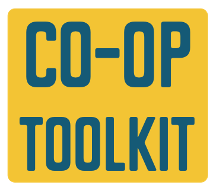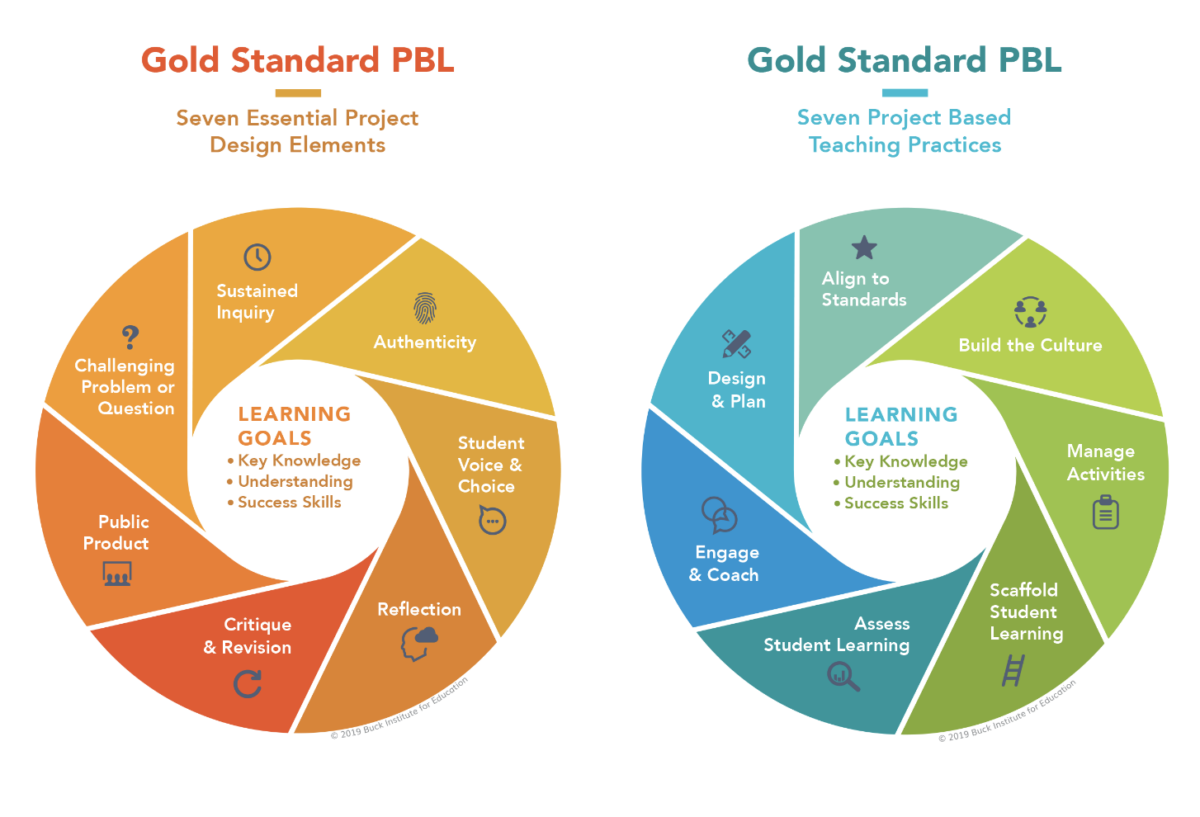"Art and Peace Project"
Archive, Program, Organization
Summary
See a project-based unit for teachers| across all grade levels and in multiple subject areas| to work alongside their students to be lifelong peacemakers.
How does PBL differ from “doing a project”?
PBL is becoming widely used in schools and other educational settings, with different varieties being practiced. However, there are key characteristics that differentiate “doing a project” from engaging in rigorous Project Based Learning.
We find it helpful to distinguish a “dessert project” – a short, intellectually-light project served up after the teacher covers the content of a unit in the usual way – from a “main course” project, in which the project is the unit. In Project Based Learning, the project is the vehicle for teaching the important knowledge and skills student need to learn. The project contains and frames curriculum and instruction.
In contrast to dessert projects, PBL requires critical thinking, problem solving, collaboration, and various forms of communication. To answer a driving question and create high-quality work, students need to do much more than remember information. They need to use higher-order thinking skills and learn to work as a team.
The gold standard for high-quality PBL
To help ensure your students are getting the main course and are engaging in quality Project Based Learning, PBLWorks promotes a research-informed model for “Gold Standard PBL.”
The Gold Standard PBL model encompasses two useful guides for educators:
1) Seven Essential Project Design Elements provide a framework for developing high quality projects for your classroom, and
2) Seven Project Based Teaching Practices help teachers, schools, and organizations improve, calibrate, and assess their practice.
©Buck Institute for Education

